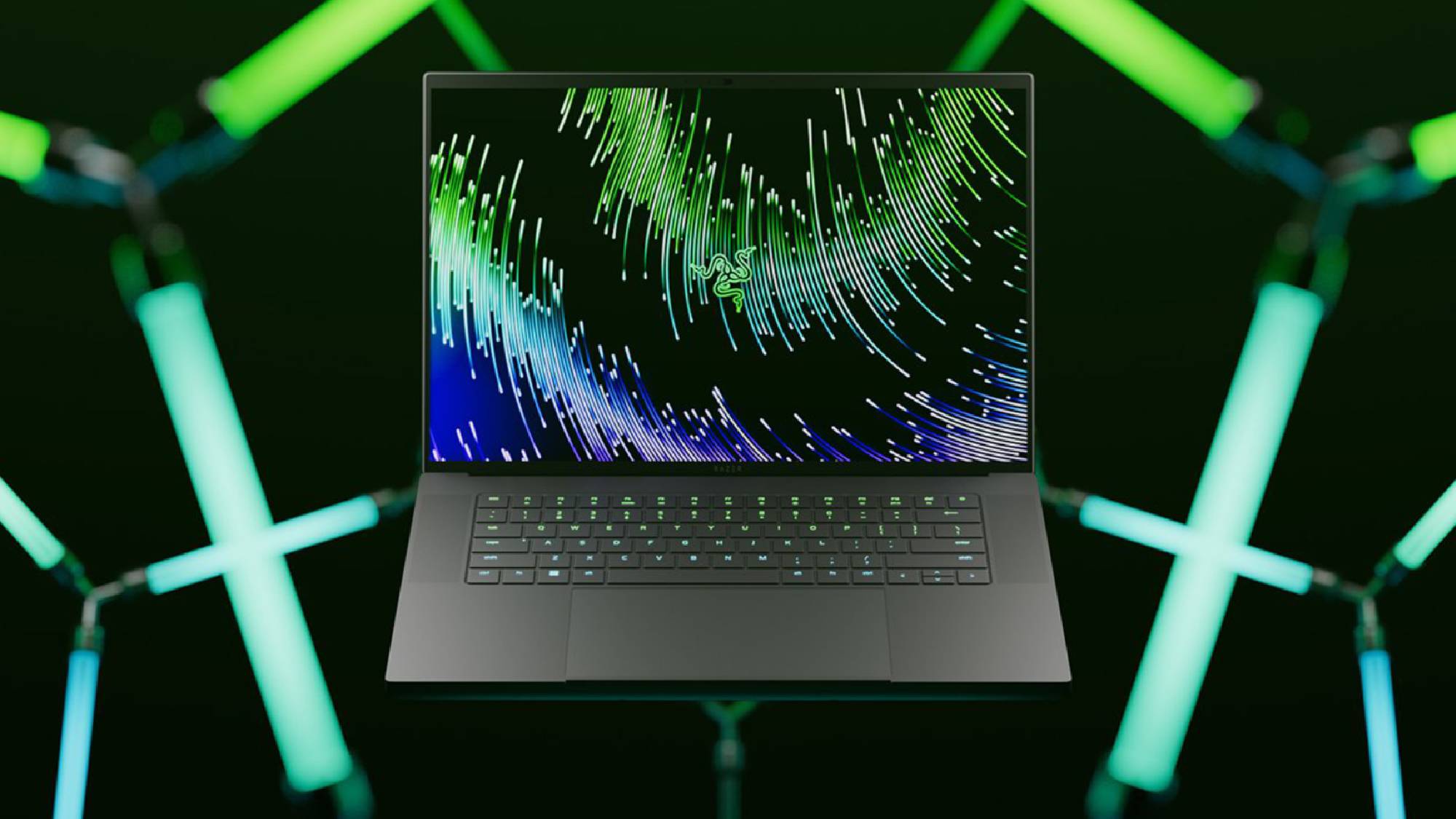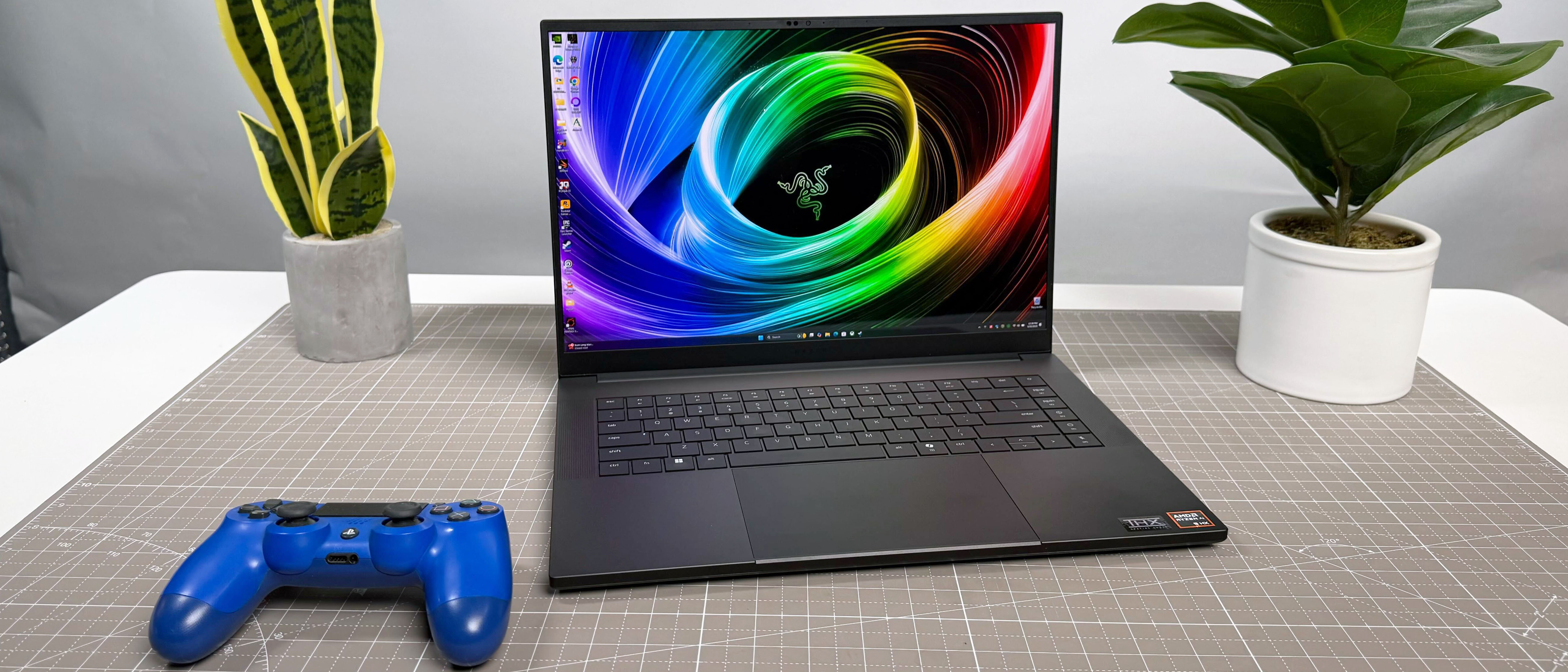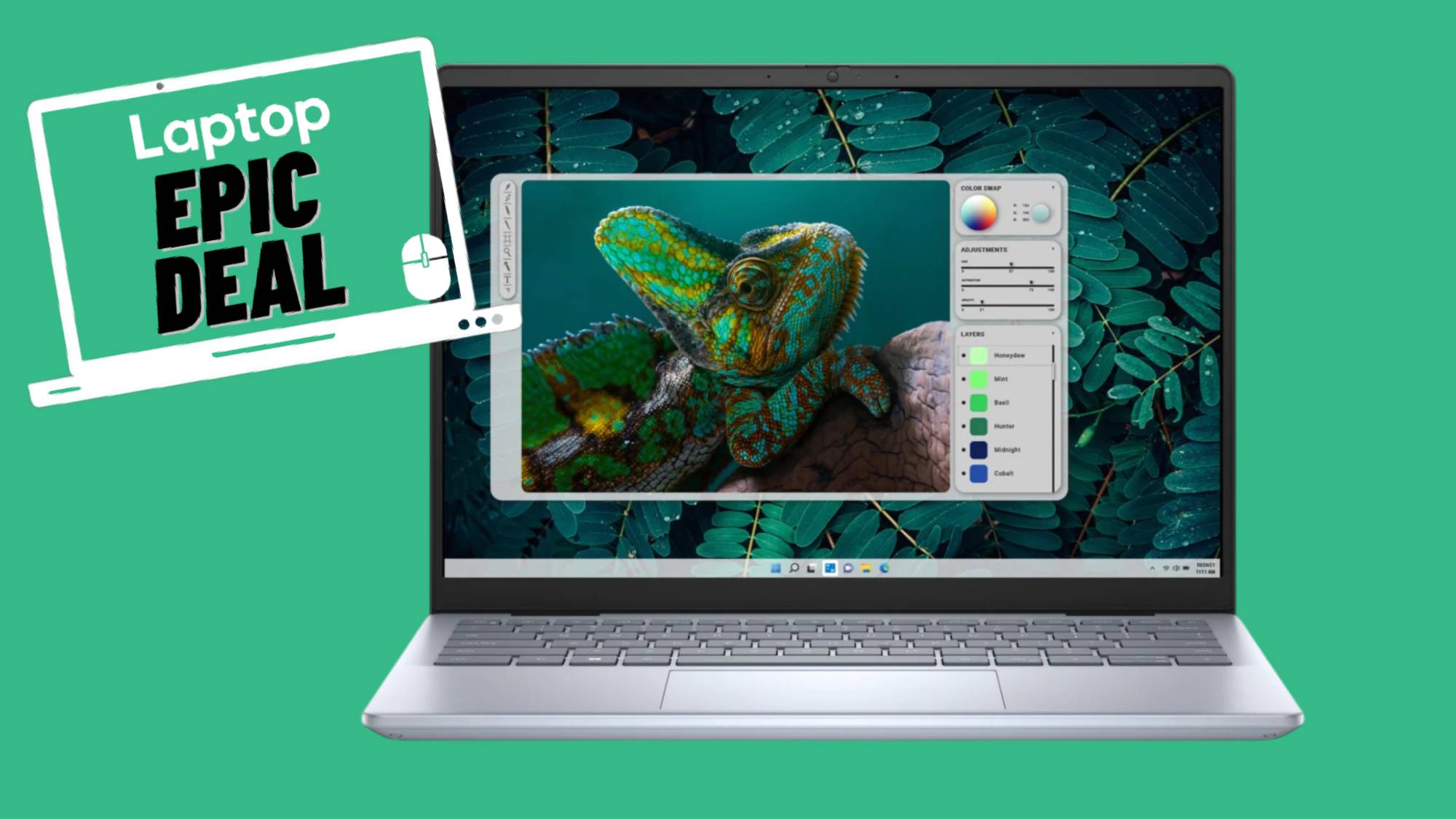Razer Blade 16 makes a sharp exit as gaming laptops are cut from direct sales in the US
One of Razer's sharpest gaming machines just got cut from U.S. sale overnight. Here are the likely reasons why

The new Razer Blade 16 was supposed to be Razer's sleekest flagship gaming laptop to date — slimmer, lighter, and more compact than ever before, with Nvidia's latest RTX 50-series mobile GPUs packed into an ultra-thin 0.59-inch chassis.
However, this feat of engineering's biggest magic trick isn't how Razer managed to pack that much horsepower into such a slender frame (though it did play a major role in our review of the Razer Blade 16 last month).
Instead, it's the vanishing act this high-powered notebook has pulled over the last 24 hours — dropping its availability entirely in favor of a "Notify me" label, as spotted by The Verge.
More mysteriously, it's not the only Razer gaming laptop to go missing; other Blade models similarly disappeared overnight without explanation.
With no official statement or press release to explain the sudden lack of availability, Razer has left the doors wide open to speculation.
Proposed U.S. tariffs to blame?
Where's the Razer Blade 16? Cutting through the confusion
However, with this change only impacting U.S. customers and taking place just ahead of US President Donald Trump's proposed tariffs, which take effect from today, it's not hard to potentially pinpoint Razer's reasoning.
Laptop Mag's best gaming laptops in 2025
Check out our round-up of the best gaming laptops in 2025 as we rank and compare the AMD and Nvidia-backed laptops that top our review charts thanks to powerful performance, cutting-edge graphics, and stunning display quality.
The sudden disappearance of the Blade 16 is yet to be officially explained by Razer, but timing is everything. It's doubtful that the recent change in U.S. trade policy has nothing to do with the decision.
Razer, an American-Singaporean company, might be dual-headquatered in Irvine, California, and Singapore, but most of its manufacturing takes place in both China and Taiwan — two countries heavily targeted by Trump's reciprocal tariff plan, which went into effect on Wednesday.
The Trump administration seems poised to raise tariffs on Chinese imports to over 100 percent, while Taiwan will be met with a 32 percent high, greatly affecting Razer's ability to do business on U.S. soil.
Razer's sudden rug-pull may be a preemptive move that suggests the company is looking to avoid passing these costs onto customers or, at the very least, absorbing them itself.
It's a tactical retreat of sorts, no doubt buying the company some time to assess financial realities and business practicalities in the wake of these changes.
Similar to the reaction of the right-to-repair champion Framework, which has temporarily pulled certain configurations of its Framework Laptop 13 from sale after new tariff math would've forced it to sell laptops at a loss.

What's next
For now, direct sales of the latest Razer Blade 16 and Blade 18 gaming laptops have been halted — effectively cutting one of the best gaming laptops from sale in the U.S. market, with no word on whether this is a temporary measure by Razer or a permanent move.
Most of Razer's hardware and accessory lineup — like gaming mice, for instance — is still available to purchase, with only a few exceptions, such as the company's Adjustable Laptop Stand, announced only on Tuesday. It has a "Notify Me" button next to its listing.
Razer isn't the first company to feel the sting of Trump-era tariffs, and nor will it be the last. This situation only showcases the precarious nature of the global supply chain for electronics and how quickly policy can present itself on product pages.
With a fresh wave of reciprocal tariffs kicking in and the reactions of companies like Razer and Framework already apparent, this could be the tip of a much larger iceberg. And an indicator of a rough season ahead for consumer tech.
More from Laptop Mag

Rael Hornby, potentially influenced by far too many LucasArts titles at an early age, once thought he’d grow up to be a mighty pirate. However, after several interventions with close friends and family members, you’re now much more likely to see his name attached to the bylines of tech articles. While not maintaining a double life as an aspiring writer by day and indie game dev by night, you’ll find him sat in a corner somewhere muttering to himself about microtransactions or hunting down promising indie games on Twitter.
You must confirm your public display name before commenting
Please logout and then login again, you will then be prompted to enter your display name.

